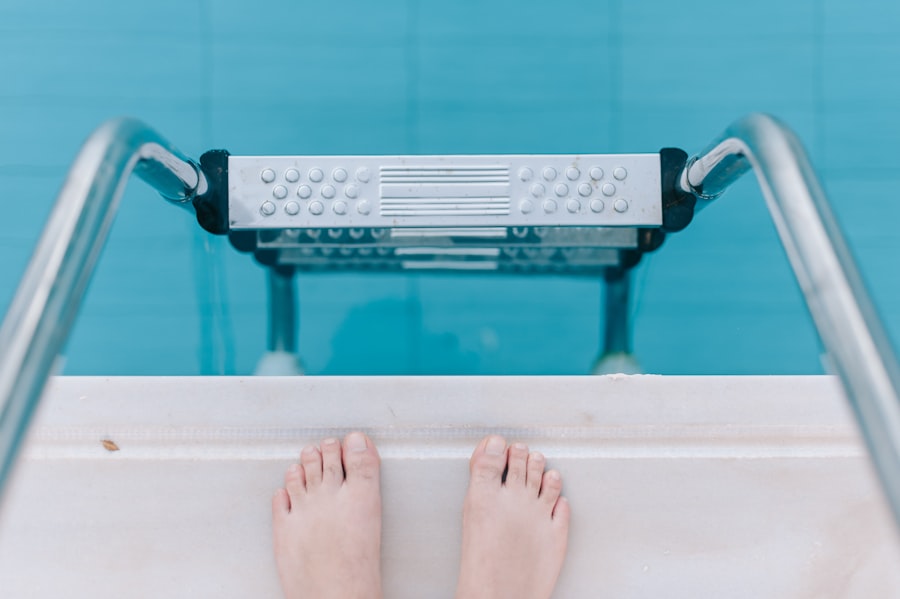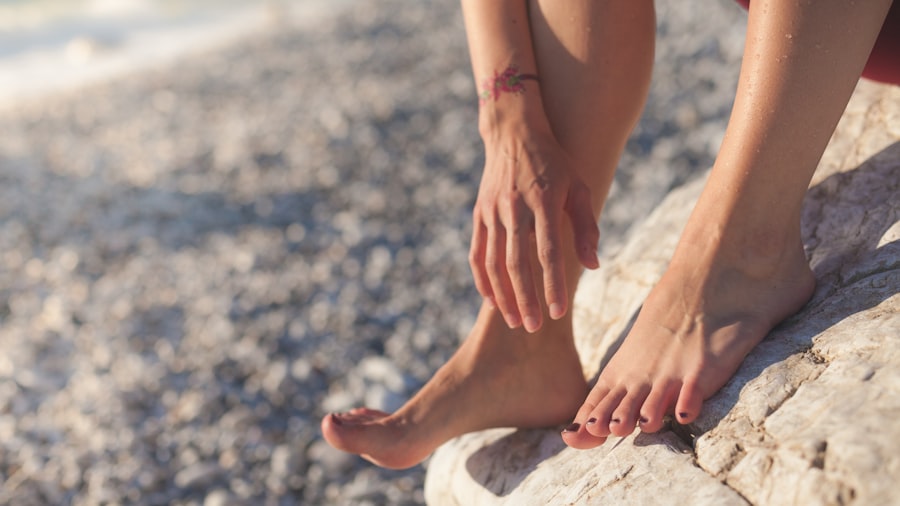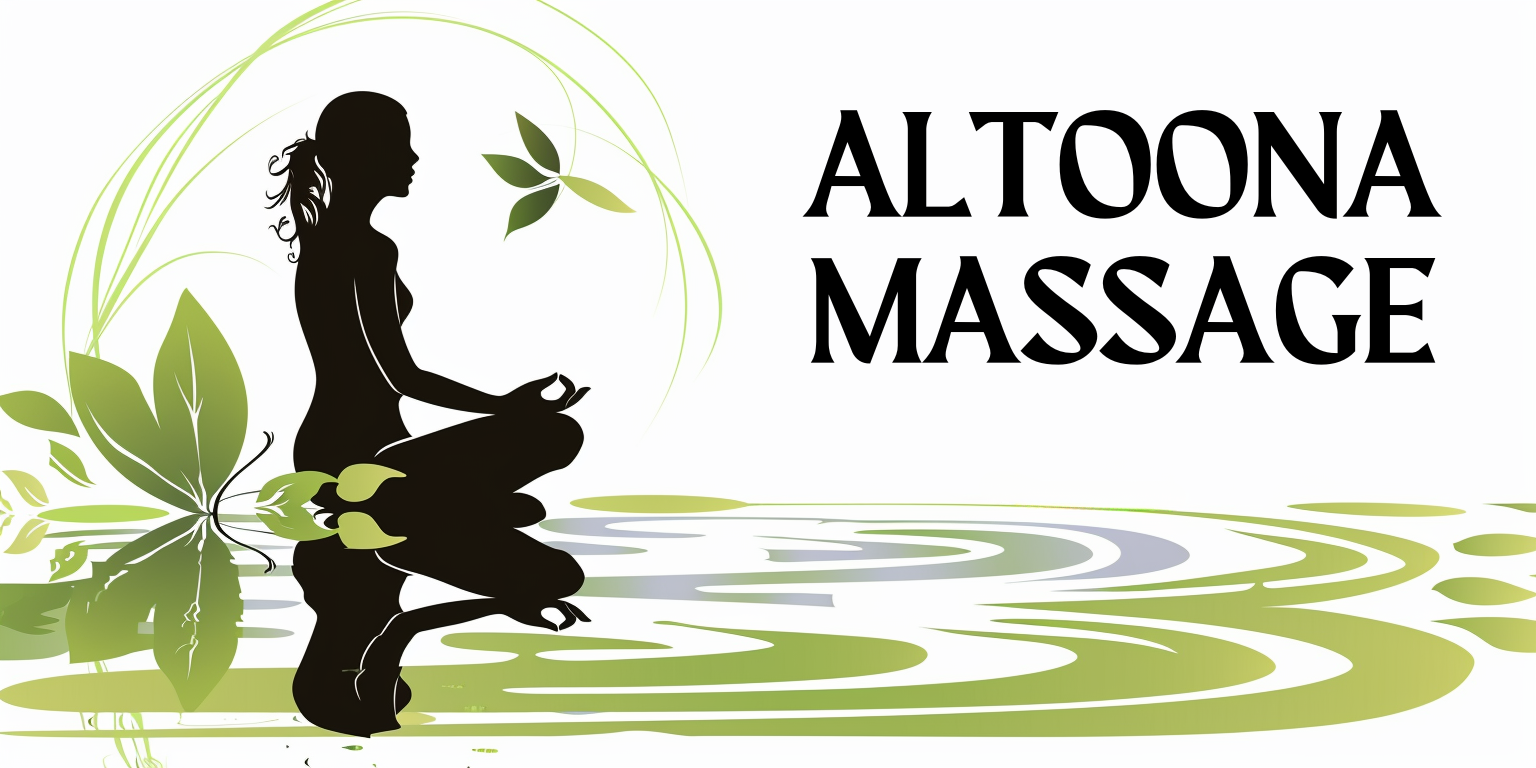Reflexology is a therapeutic practice that focuses on specific points on the feet, hands, and ears, which are believed to correspond to different organs and systems within the body. By applying pressure to these reflex points, you can stimulate the body’s natural healing processes and promote overall well-being. This ancient technique is rooted in the idea that your body is interconnected, and that by addressing one area, you can influence others.
As you explore reflexology, you may find it to be a powerful tool for relaxation and rejuvenation. In essence, reflexology is more than just a foot massage; it is a holistic approach to health that encourages balance and harmony within your body. Practitioners often use their fingers and thumbs to apply varying degrees of pressure to these reflex points, which can lead to a deep sense of relaxation.
You might discover that reflexology not only alleviates physical discomfort but also enhances your emotional state, making it a valuable addition to your self-care routine.
Key Takeaways
- Reflexology is a practice that involves applying pressure to specific points on the feet to promote healing and relaxation in the body.
- The history of reflexology can be traced back to ancient civilizations such as Egypt, China, and India, where foot massage was used for therapeutic purposes.
- Reflexology works by stimulating the nervous system and encouraging the release of endorphins, which can help to reduce pain and improve overall well-being.
- The benefits of foot massage through reflexology include improved circulation, reduced stress and anxiety, and relief from chronic pain conditions.
- Understanding the connection between foot reflexology and the whole body involves recognizing how different areas of the feet correspond to specific organs and systems in the body, allowing for targeted healing and balance.
The History of Reflexology
The roots of reflexology can be traced back thousands of years to ancient civilizations. Evidence suggests that the practice was utilized in Egypt as early as 2330 B.C., where hieroglyphics depicting foot and hand treatments were discovered in tombs. Similarly, ancient Chinese texts from around 2700 B.reference techniques that resemble modern reflexology.
These early practitioners understood the importance of the body’s energy flow and sought to restore balance through targeted pressure on specific points. As you delve deeper into the history of reflexology, you’ll find that it has evolved over time, influenced by various cultures and healing traditions. In the early 20th century, American physician Dr.
William Fitzgerald introduced the concept of zone therapy, which laid the groundwork for contemporary reflexology. His work was further developed by Eunice Ingham, who mapped out the reflex points on the feet and hands, creating a comprehensive system that is still widely practiced today. This rich history underscores the enduring appeal of reflexology as a means of promoting health and wellness.
How Reflexology Works

Reflexology operates on the principle that your body is a map, with specific areas corresponding to different organs and systems. When you apply pressure to these reflex points, you stimulate nerve endings that send signals to the brain, prompting a response in the corresponding area of the body. This communication can help alleviate tension, improve circulation, and enhance overall function.
As you experience reflexology, you may notice how interconnected your body truly is. The practice also encourages relaxation by activating the parasympathetic nervous system, which counteracts stress and promotes healing. When you engage in reflexology, your body releases endorphins—natural painkillers that can elevate your mood and create a sense of well-being.
This physiological response is one reason why many people find reflexology to be an effective way to unwind after a long day or manage chronic stress.
The Benefits of Foot Massage
Foot massage, a key component of reflexology, offers numerous benefits that extend beyond mere relaxation. As you indulge in this soothing practice, you may experience improved circulation in your feet and legs, which can help reduce swelling and promote overall cardiovascular health. Additionally, foot massage can alleviate tension in the muscles and joints, providing relief from discomfort caused by prolonged standing or physical activity.
Moreover, foot massage can enhance your mood and mental clarity. The act of massaging your feet stimulates the release of serotonin, a neurotransmitter associated with feelings of happiness and well-being. You might find that regular foot massages not only improve your physical health but also contribute to a more positive outlook on life.
By incorporating foot massage into your routine, you can create a simple yet effective way to nurture both your body and mind.
Understanding the Connection Between Foot Reflexology and the Whole Body
The connection between foot reflexology and the entire body is profound and intricate. Each reflex point on your feet corresponds to specific organs and systems, creating a network of communication that allows for holistic healing. For instance, stimulating the arch of your foot may influence your digestive system, while applying pressure to the toes can impact respiratory function.
As you explore this connection, you may begin to appreciate how addressing one area can lead to improvements in others. This interconnectedness is further supported by modern research that highlights the benefits of reflexology for various health conditions. Studies have shown that reflexology can help reduce symptoms associated with anxiety, insomnia, and chronic pain.
By understanding how these reflex points relate to your overall health, you can take a proactive approach to wellness that encompasses both physical and emotional aspects.
Reflexology for Stress Relief

In today’s fast-paced world, stress has become an all-too-common experience for many individuals. Reflexology offers a natural and effective way to combat stress by promoting relaxation and tranquility. When you engage in this practice, you activate your body’s relaxation response, which helps lower cortisol levels—the hormone associated with stress.
As you experience this calming effect, you may find it easier to navigate daily challenges with a clearer mind. Additionally, reflexology encourages mindfulness by allowing you to focus on your body and sensations during the session. This heightened awareness can help you disconnect from external stressors and cultivate a sense of inner peace.
You might discover that regular reflexology sessions not only provide immediate relief from stress but also equip you with tools to manage anxiety in your everyday life.
Reflexology for Pain Management
Pain management is another area where reflexology shines as an alternative therapy. Whether you’re dealing with chronic pain conditions or occasional discomfort from physical activity, reflexology can offer significant relief. By targeting specific reflex points related to pain areas in your body, you can stimulate healing responses that alleviate tension and promote relaxation.
Research has shown that reflexology can be particularly effective for conditions such as migraines, arthritis, and lower back pain. As you explore this practice for pain management, you may find that it complements other treatments or therapies you’re currently using. The holistic nature of reflexology allows it to work in tandem with conventional medicine, providing a comprehensive approach to managing pain and enhancing your quality of life.
Incorporating Reflexology into Your Wellness Routine
Integrating reflexology into your wellness routine can be a transformative experience for both your physical and mental health. You might start by scheduling regular sessions with a certified reflexologist who can guide you through the process and tailor treatments to your specific needs. Alternatively, you can learn basic techniques to practice at home, allowing you to enjoy the benefits of reflexology whenever you need it.
As you incorporate reflexology into your life, consider pairing it with other wellness practices such as yoga or meditation. This combination can enhance your overall sense of well-being and create a holistic approach to self-care. By prioritizing reflexology as part of your routine, you’ll not only nurture your body but also cultivate a deeper connection with yourself—leading to greater balance and harmony in all aspects of your life.
FAQs
What is reflexology?
Reflexology is a type of massage that involves applying pressure to specific points on the feet, hands, or ears to promote healing and relaxation throughout the body.
How does reflexology work?
Reflexology is based on the principle that certain areas of the feet, hands, and ears are connected to specific organs and systems in the body. By applying pressure to these areas, reflexologists believe they can stimulate the body’s natural healing processes and promote overall well-being.
What are the benefits of reflexology?
Some potential benefits of reflexology include stress reduction, improved circulation, pain relief, and relaxation. It is also believed to help balance the body’s energy and promote a sense of overall well-being.
Is reflexology safe for everyone?
Reflexology is generally considered safe for most people, but it may not be suitable for individuals with certain medical conditions, such as foot injuries, blood clots, or certain skin conditions. It’s important to consult with a healthcare professional before trying reflexology, especially if you have any underlying health concerns.
How often should someone receive reflexology treatments?
The frequency of reflexology treatments can vary depending on individual needs and goals. Some people may benefit from regular sessions, while others may find relief from occasional treatments. It’s best to discuss a treatment plan with a qualified reflexologist based on your specific needs and health goals.
